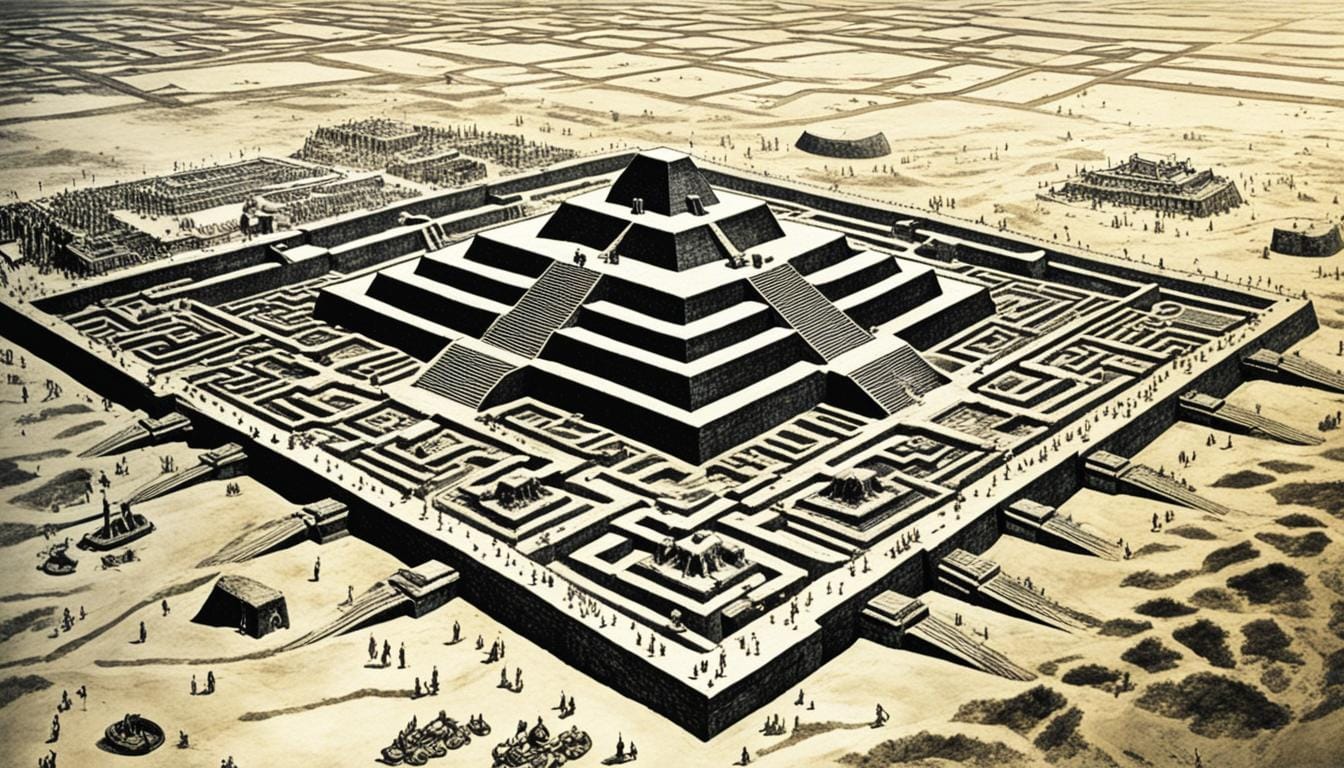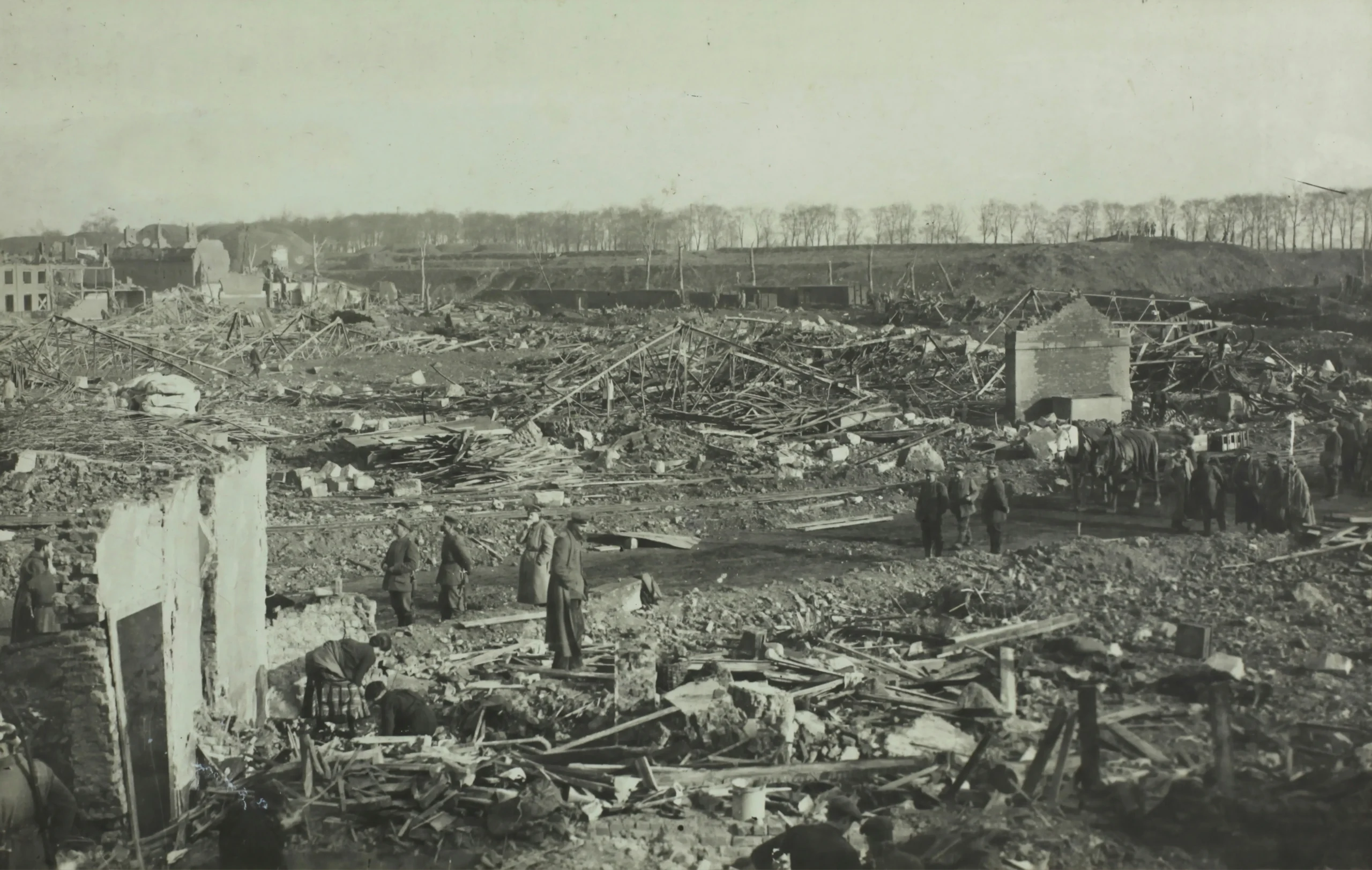Exploring lost cities is thrilling and gives us deep insights into ancient cultures and histories. These discoveries show us the social, economic, and technological growth of past societies. They highlight human creativity and strength.
From Pompeii’s frozen ruins to Machu Picchu’s architectural wonders, these cities reveal secrets of the past. They inspire us to value and keep our cultural heritage alive.
Many cities once thrived but were lost to time. They were rediscovered centuries later, showing us the past’s mysteries. Scholars, adventurers, and everyone else is fascinated by these cities.
They tell us about ancient civilizations and their great achievements. Cities like Mohenjo-daro and Machu Picchu have changed how we see human history and the cultures that shaped our world.
The Allure of Lost Cities
Lost cities take us back in time, showing us the secrets of ancient civilizations. These cities let us peek into the lives of people long gone. They show us their culture, skills, and daily routines. This sparks our imagination and makes us want to learn more.
The tales of lost cities have always caught our attention. For centuries, explorers and adventurers sought these places. They were looking for the famous lost city of Atlantis, among others. Today, these stories inspire movies, TV shows, games, and books, often with a twist of danger.
These stories tell us about the strength and adaptability of past cultures. They show how people lived and what they faced. Finding these places has taught us a lot about the past and the people who lived there.
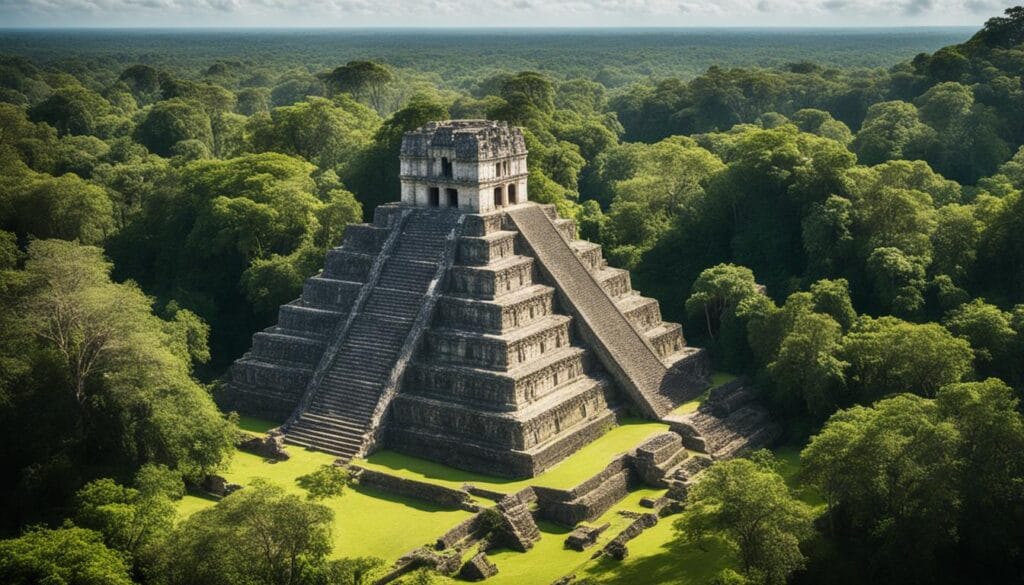
Lost cities still capture our hearts and minds. They remind us of our own civilization’s strengths and weaknesses. They keep the mysteries of the past alive for us to explore.
Pompeii: Frozen in Time
Pompeii was a thriving Roman city until it was frozen in time by Mount Vesuvius’s eruption in 79 AD. This eruption buried the city under ash and pumice, killing nearly 10,000 people. It also preserved Pompeii, making it a key archaeological site.
In 1748, people found Pompeii again, and it was a big deal. They found buildings, artifacts, and even casts of the victims. This showed us what life was like in ancient Rome.
The city was buried under ash, which helped keep its buildings and people’s last moments intact. Archaeologists have learned a lot from Pompeii. They’ve found out about the Roman way of life, from fancy wall paintings to advanced plumbing.
Pompeii shows us the strength and skill of the Roman Empire. It also reminds us how quickly things can change. Today, it’s a place where millions visit to see the ancient artifacts and buildings.
Archaeologists are still working on Pompeii, uncovering new secrets of the Roman world. It’s a site that teaches us a lot and keeps us interested in history.

Machu Picchu: Incan Marvel
High in the Andes Mountains of Peru, the amazing Machu Picchu stands. It shows the Inca civilization‘s amazing architecture. Found in 1911 by Hiram Bingham, it was hidden from the world but known to locals.
Built in the 15th century, Machu Picchu is a wonder of stone work. It has fields, temples, and buildings that fit perfectly with the mountains. Now, it’s a UNESCO World Heritage Site and a top spot for tourists, bringing people from all over to see its beauty.
| Fact | Statistic |
|---|---|
| Estimated underground construction | 60% |
| Train ticket cost from Cusco | Over $100 |
| Entry fee range | $47 – $62 |
| Round-trip bus cost | $24 |
| Museo de Sitio Manuel Chávez Ballón entry fee | $7 |
| Daily limit for Huayna Picchu climb | 400 people |
The site’s design was deeply influenced by the Andes Mountains and the Inca’s love for nature. On special days, the sun rises or sets behind key peaks, showing its spiritual importance.
Despite the tough conditions, the Inca built a system of terraces and drainage. This supported a big farming community. Today, Machu Picchu still amazes people, showing off the Inca’s incredible skills.
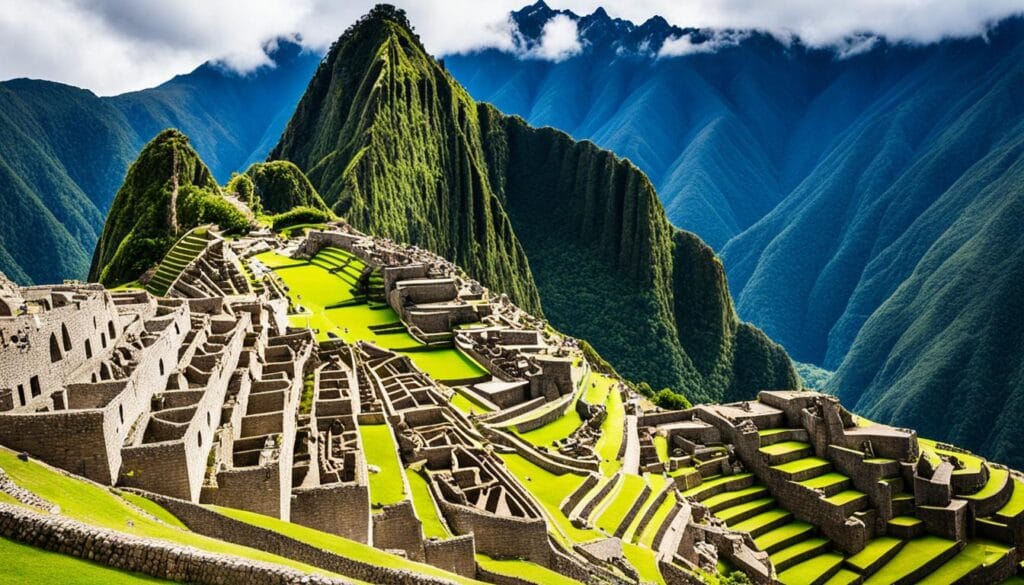
Troy: From Myth to Reality
The ancient city of Troy, known from Homer’s epic poems, was once seen as a myth. But, German archaeologist Heinrich Schliemann found it in the 1870s, proving it was real. It was a city from the Bronze Age, located in today’s Turkey. The site showed many layers of settlements from the Bronze Age, giving us a lot of information about ancient life.
Schliemann’s digs found walls, houses, and many artifacts, including “Priam’s Treasure.” Troy was an important city, guarding the Dardanelles and a key trade route. It was a mix of cultures, showing trade with Anatolia and other ancient Greek cities.
The Trojan War, famous from Homer’s Iliad, likely happened around 1250 BC. It started when Paris, a Trojan prince, took Helen of Sparta from her husband Menelaus. The Greeks won the war with a huge wooden horse made by Odysseus, the king of Ithaca.
Discovering Troy has given us a lot of new knowledge about the Bronze Age. The city was built and rebuilt many times, from about 3000 BC to 500 BC. The 1990s found a big lower city of Troy, much bigger than thought before.
| Key Facts about Troy | Details |
|---|---|
| Estimated Founding | 3000 BC – 500 BC |
| Lower City Size | 75 acres (15 times larger than previously thought) |
| Wall Dimensions | 4-5m wide, 8m high with multiple towers and gates |
| Estimated Population | 4,000 – 10,000 inhabitants during the Bronze Age |
| Strategic Location | Guarded the Dardanelles, a gateway to the Black Sea and a significant trade route |
The discovery of Troy has greatly influenced Western culture. The story of the Trojan War and Troy’s link to Rome’s founding has inspired many books and movies. This keeps the legend of Troy alive and interesting to people all over the world.
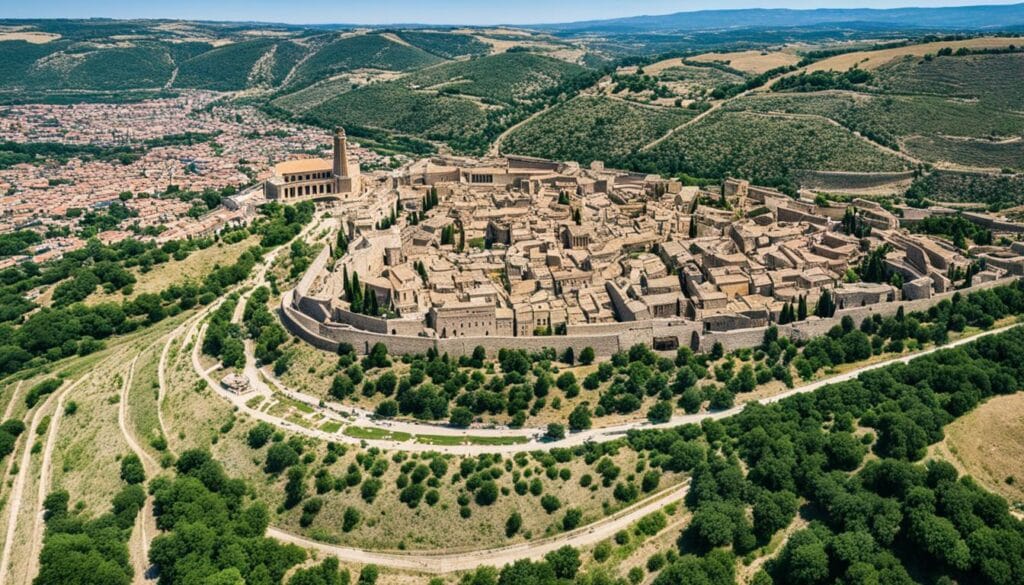
Angkor: Khmer Empire’s Legacy
In the 19th century, French explorer Henri Mouhot found Angkor, the Khmer Empire’s capital. This city was full of amazing temples, like the famous Angkor Wat. Angkor thrived from the 9th to the 15th centuries. It shows the amazing skills of the Khmer people in building and engineering.
Unveiling the Splendor of Angkor
Angkor Wat is the biggest religious monument in the world, covering 400 acres. Its story has made many dream of the “lost city.” The “Angkor: Empire of Cambodia” exhibition at the Natural History Museum of Utah showed off the Khmer Empire’s greatness.
Researchers used new tech like lidar to learn about the Khmer’s city planning and engineering. They found Phnom Kulen, a big city with advanced water systems and many buildings. The Khmer Empire was a big deal in Southeast Asia for a long time, with Angkor as its biggest city.
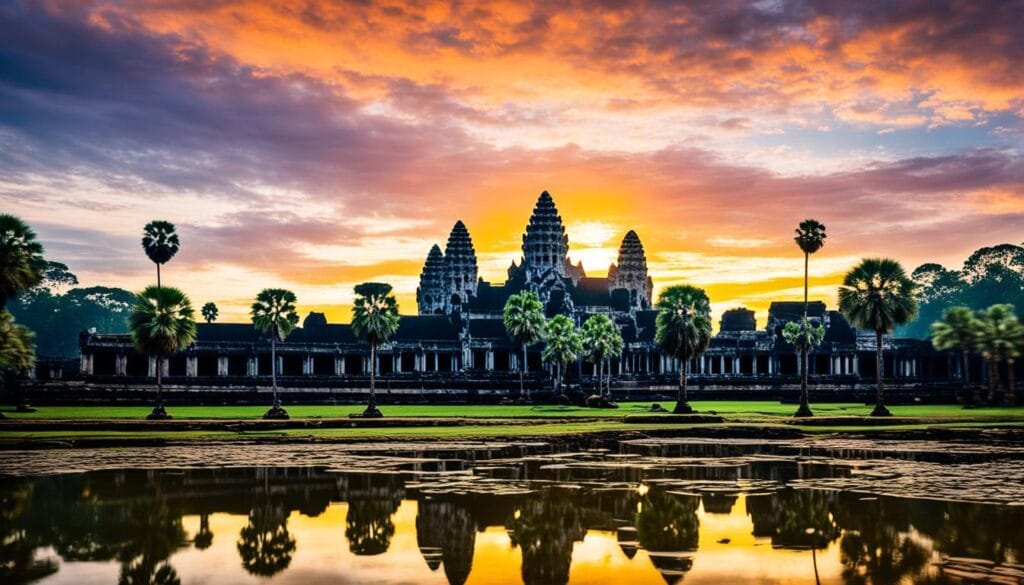
The ruins of Ta Prohm show how nature and buildings came together in the Khmer Empire. Finding Angkor has made people all over the world admire the Khmer civilization’s work in ancient architecture and engineering.
Lost Cities
Many ancient cities have vanished, only to be found again by brave explorers and archaeologists. These cities give us a peek into the past. They show us the creativity, culture, and lives of people long gone.
Archaeologists find these cities through hard work, often led by old stories and texts. From Pompeii’s frozen ruins to Machu Picchu’s grandeur, each city tells us something new. They spark our curiosity and make us rethink history.
Lost cities, abandoned ruins, and forgotten civilizations draw us into deep archaeological discoveries and historical enigmas. By exploring these places, we learn more about our ancestors’ strength and achievements.
| Lost City | Date Rediscovered | Key Discoveries |
|---|---|---|
| Pompeii | 1599 | Remarkably well-preserved ruins, offering a snapshot of daily life in the Roman Empire |
| Machu Picchu | 1911 | Stunning Inca citadel nestled in the Andes, showcasing advanced engineering and architectural feats |
| Troy | 1870 | Confirmation of the legendary city’s existence, shedding light on the Trojan War narrative |
These examples show us the many lost cities found, each with its own story. They challenge our views on history. As we keep exploring, we’ll find more abandoned ruins and forgotten civilizations. These discoveries will keep our imaginations alive and broaden our knowledge of the past.

Petra: The Rose City
Petra is hidden in the red sandstone cliffs of Jordan. It shows how clever and strong the Nabatean people were. Swiss explorer Johann Ludwig Burckhardt found it in 1812. He showed the world its beautiful rock-cut architecture and perfect spot.
Petra was a key place for trade in the 4th century BC. It was on the Petra Roman Road, a major trade path. The Nabateans used smart water systems to make the most of the rain. This helped Petra grow as a trading center.
The Treasury and the Monastery are famous sights in Petra. They show off the Nabateans’ skill in rock-cut architecture. These buildings were carved right into the cliffs, showing their creativity and skill.
In 1985, Petra was named a UNESCO World Heritage Site. It was also one of the “Seven New Wonders of the World” in the early 2000s. Now, it draws over 1 million visitors each year. But, experts think only 15% of Petra has been explored, leaving much still to discover.
| Key Fact | Value |
|---|---|
| Location | Approximately 150 miles south of both Jerusalem and Amman, the capital of Jordan |
| Established | 4th century BC |
| Ruling Civilizations | Nabateans, Romans, Byzantines |
| Rediscovery | 1812 by Swiss explorer Johann Ludwig Burckhardt |
| UNESCO World Heritage Site | Declared in 1985 |
| Visitors (2019) | 1,135,300 |
| Estimated Peak Population (1st century AD) | Around 20,000 inhabitants |
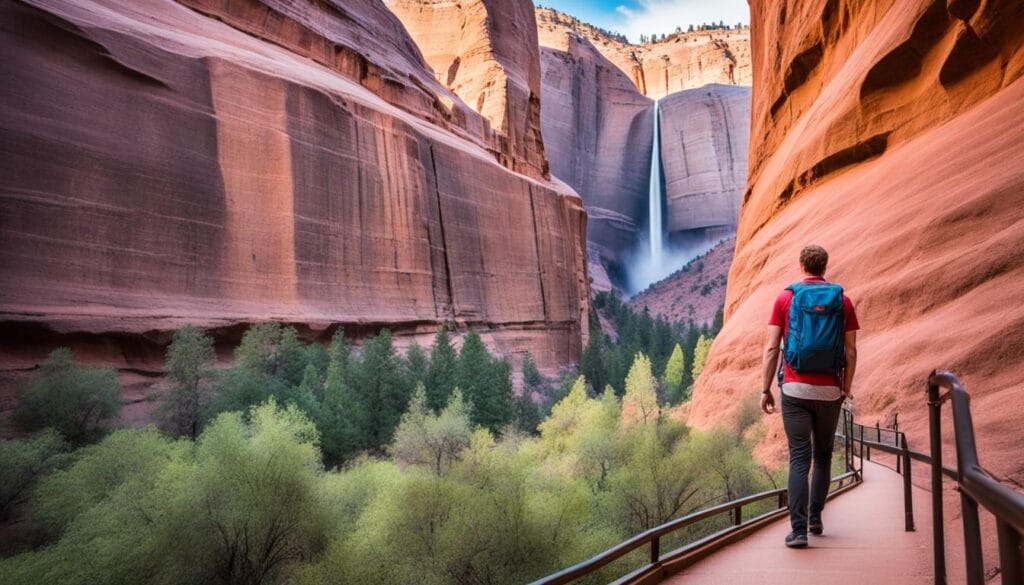
Mohenjo-daro: Indus Valley’s Gem
In the 1920s, Mohenjo-daro, a key city of the Indus Valley Civilization, was rediscovered. This city, from around 2500 BCE, shows us the amazing planning and engineering of the Indus Valley people.
Indian archaeologist R.D. Banerji led the digs. He found streets laid out like a grid, with great drainage and public baths. The city’s design and the use of special bricks show how skilled its people were.
The city is split into two parts: the Citadel and the Lower City. The main streets were wide, making it easy to move around. There was a granary, a college for priests, and a huge Great Bath. These show how advanced the city was.
Mohenjo-daro’s find has taught us a lot about the urban planning and engineering of the Indus Valley Civilization. It’s seen as a key site in ancient city history. Efforts to preserve it keep its stories alive, inspiring scholars worldwide.

Ebla: Uncovering Ancient Archives
In the heart of modern-day Syria lies the ancient city of Ebla. It was rediscovered in the 1960s. Paolo Matthiae, an Italian archaeologist, led the excavation. This has revealed a civilization that lived over 4,500 years ago.
Ebla was a key center of trade and culture in the 3rd millennium BCE. It has become a treasure trove of information about the ancient Near East. The site has yielded a vast archive of cuneiform tablets. These tablets show Ebla’s wide diplomatic and commercial networks and early Semitic languages.
- Excavations at Ebla have uncovered over 15,000 clay tablets or fragments, providing a wealth of information about the city’s advanced civilization.
- The Ebla tablets contain legal, executive, administrative, military, economic, lexical, and literary texts, as well as academic exercises, offering a comprehensive glimpse into the city’s daily life and governance.
- Interestingly, the tablets also mention names and places that bear striking similarities to biblical figures and locations, sparking ongoing discussions about the potential implications for understanding Old Testament passages.
The rediscovery of Ebla has changed how we see the ancient Near East. It has given us a clearer picture of the region’s politics, society, and economy during a key period in history.
| Key Facts about Ebla | Details |
|---|---|
| Ancient City | Ebla, a 4,500-year-old lost Kingdom in Syria |
| Population | Ebla had a population of around 40,000, with 10% as civil servants |
| Tablets Discovered | Over 15,000 clay tablets or fragments were recovered at the Ebla site |
| Tablet Contents | The tablets contained legal, executive, administrative, military, economic, lexical, and literary texts, as well as academic exercises |
| Biblical Connections | The Ebla tablets mentioned names and places that bear similarities to biblical figures and locations |
The rediscovery of Ebla has given us a remarkable look into the ancient world. It has deepened our understanding of the cultures and civilizations that once thrived in the region. As researchers study the Ebla archives, the legacy of this lost kingdom continues to unfold, captivating scholars and the public alike.
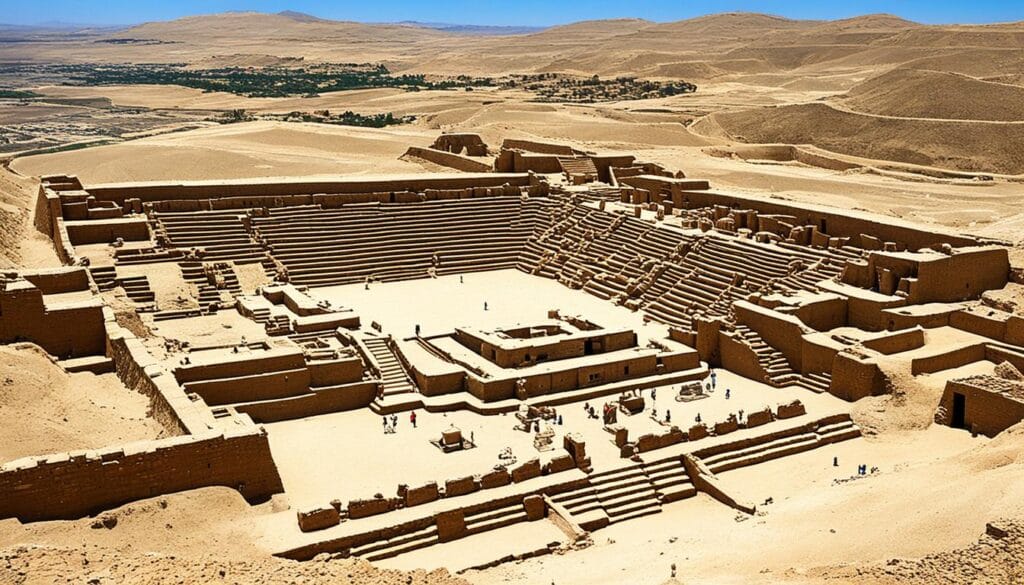
Heracleion: Submerged Egyptian City
Heracleion, also known as Thonis, was an ancient Egyptian port city. It was about 32 kilometers northeast of Alexandria. This city was a key spot for trade between Egypt and the Mediterranean from the 6th to the 4th centuries BC.
Heracleion was famous for its big temples, especially one dedicated to Amun-Gereb. But, natural disasters like earthquakes and rising sea levels made it sink into the sea. It was lost until Franck Goddio found it again in 2000.
Now, archaeologists have found many artifacts from Heracleion. They’ve found statues, gold coins, and even well-preserved ships. These finds show us what life was like in the city long ago.
They’ve found 13 limestone animal sarcophagi and a 2,000-year-old statue of Cleopatra III. They also found the Decree of Sais, a big stone with ancient Egyptian laws. This has helped us learn more about their taxes.
The city had a big festival called the Mysteries of Osiris. It was a big event with rituals and a parade. Franck Goddio thinks only 5 percent of the city has been found. There’s still a lot to learn about Heracleion.
| Fact | Value |
|---|---|
| Coordinates of Heracleion | 31°18′46″N 30°07′44″E |
| Distance from Alexandria | 32 km (20 mi) |
| Current depth of remains | 19 ft (5.8 m) |
| Distance from sister city Naucratis | 72 km (45 mi) |
| Time submerged | 1200 years |
| Peak occupation period | 6th to 4th century BC |
| Ancient anchors discovered | Over 700 |
| Wrecks discovered | 79 (with 40 more pending verification) |
| Estimated excavation progress | 5% |
Vijayanagara: Hampi’s Hidden Splendor
The ancient city of Vijayanagara, also known as Hampi, has always fascinated historians and travelers. It’s hidden in southern India’s rugged terrain. This site shows off the Vijayanagara Empire’s stunning architecture. This empire ruled from the 14th to the 16th century.
Remnants in Hampi go back to around 300 BC. Most of what we see today belongs to the Vijayanagara Empire. The Ramayana, a Hindu epic, even calls Hampi Kishkinda, the monkey gods’ realm.
Rediscovery and Significance
In the 19th century, British and Indian archaeologists found Vijayanagara. This was a big deal, showing off the empire’s amazing achievements. Hampi was once a huge city, second only to Beijing in size. It now covers 4,100 hectares, showing the Vijayanagara rulers’ ambition.
Now, Hampi draws visitors from all over the world. They come for its ruins, carvings, and the mystery of the royal center. The royal center’s purpose is still debated. Some think it was a palace, others believe it was a religious and administrative spot.
| Vijayanagara Empire | Key Facts |
|---|---|
| Ruled South India | 14th to 17th centuries |
| Conquered by | Deccan Sultanates in 1565 |
| Hampi’s Attractions |
|
| Best Time to Visit | November to February |
Finding Vijayanagara, or Hampi, has been a big deal in uncovering India’s history. It shows the amazing architecture and culture of the Vijayanagara Empire.
Ancient Enigmas Unveiled
Archaeologists and historians love to find long-lost cities. These discoveries give us a peek into ancient cultures, technologies, and histories. Pompeii and Heracleion are examples of cities that have been found, showing us the past and human creativity.
The city of Ocomtún in Mexico’s Yucatán Peninsula is a recent find. It shows us the Maya civilization’s architecture and society. The Indus script in Mohenjo-daro ruins also reveals the advanced city planning of the Indus Valley Civilization.
These hidden cities now capture our imagination, making us want to learn more about our cultural past. By finding these cities, we learn a lot about history and appreciate the past more. This helps us understand and be inspired by the achievements of past societies.
Lost cities like Atlantis and Petra have always fascinated people. Finding these cities makes us think about the past and its connection to today. Exploring these mysteries reminds us of our ancestors’ great achievements and the power of human effort to discover our history.
Mesa Verde: Ancestral Puebloan Stronghold
In the heart of Colorado, Mesa Verde National Park shows the strength and smart building of the Ancestral Puebloan people. This UNESCO World Heritage Site has some of the best-preserved cliff dwellings in North America. It gives us a peek into the life of a civilization that once thrived in this tough landscape.
The Ancestral Puebloans, also known as the Anasazi, lived in Mesa Verde for over a thousand years. They left behind a lasting legacy. Their buildings evolved from simple stone structures to the amazing cliff dwellings we see today.
The Cliff Palace is the highlight of Mesa Verde, the biggest cliff dwelling in North America. It had rooms, kivas for ceremonies, and great houses for about 100 to 120 people. The Ancestral Puebloans built these homes using special masonry and placed them in cliff alcoves for safety and usefulness.
In 1888, cowboys Richard Wetherill and Charlie Mason found Mesa Verde again, sparking interest in the Ancestral Puebloan culture. Now, the park is a key place for archaeologists. Only about one-third of the cliff dwellings are fully studied. With over 300 ruins in just three square miles, we see how big the Ancestral Puebloan civilization was.
Today, Mesa Verde National Park honors the Ancestral Puebloan people’s resilience and creativity. It lets visitors dive into the rich culture of this amazing area.
| Ancestral Puebloan Period | Timeframe | Architectural Developments |
|---|---|---|
| Pueblo I | 750 to 900 AD | Stone buildings, U, E, and L shapes, deepening religious celebrations |
| Pueblo II | 900 to 1150 AD | Over 10,000 sites created in 250 years due to population increase |
| Pueblo III | 1150 to 1300 AD | Peaked population of over 20,000 in the Mesa Verde region by 1250 |
The Ancestral Puebloan people built many structures, including Pueblo structures made of coursed stone or adobe, Kivas for ceremonies, Great houses believed to be ceremonial, Great kivas for larger community use, Cliff dwellings for defensive purposes, and Trincheras sites characterized by terraces and walls for fortification.
Mesa Verde National Park, created in 1906, celebrates the lasting legacy of the Ancestral Puebloan civilization. This site, with its well-kept cliff dwellings and thousands of archaeological treasures, still fascinates visitors and experts. It opens a window into the rich culture of the American Southwest.
Skara Brae: Scotland’s Neolithic Marvel
Skara Brae is older than Stonehenge and the Great Pyramids. It’s a Neolithic village in the Orkney Islands of Scotland. The village dates back to around 3100-2500 BCE. It’s one of the best-preserved prehistoric sites in Europe.
In 1850, a storm uncovered Skara Brae, revealing ancient structures hidden for thousands of years. Another storm in 1924 brought scholars to the site, giving it the attention it deserved.
Skara Brae has eight drystone buildings along a central “street.” The people here likely farmed livestock and fished. They raised cattle, pigs, sheep, and deer, and caught cod, haddock, and shellfish.
The reasons why Skara Brae was abandoned are still a mystery. Theories include climate change, sea-level rise, and cultural shifts. Today, Historic Environment Scotland manages the site. It’s part of the Heart of Neolithic Orkney UNESCO World Heritage Site. Visitors can explore this Neolithic village through guided tours.
| Fact | Value |
|---|---|
| Age of Skara Brae | Over 5,000 years old |
| Period of Occupation | Around 3100-2500 BCE |
| Duration of Occupation | Close to 600 years |
| Status | Europe’s most complete Neolithic village |
| Discovery | Uncovered by a storm in 1850 |
| Protection | Managed by Historic Environment Scotland, part of UNESCO World Heritage Site |
Visitors to the Orkney Islands can see Skara Brae, older than Stonehenge and the Great Pyramid of Giza. It shows us the lives of ancient people with its well-preserved Neolithic structures. Skara Brae is a true marvel of Scotland’s archaeological heritage.
Conclusion
The stories of lost cities and their rediscovery have always caught our attention. They let us peek into the vast history of humans. From the frozen ruins of Pompeii to the amazing sights of Machu Picchu and Angkor, these finds have made us value our history more. They show us the rich culture of our ancestors.
As we keep finding more ancient cities, like the well-kept Neolithic site of Skara Brae and the hidden Ancestral Puebloan place of Mesa Verde, we learn more about our past. These discoveries take us back in time. They reveal the secrets of ancient civilizations that once were but are now gone, leaving behind mysteries.
Exploring these lost cities will likely lead to more hidden treasures that help us understand human history better. Keeping and studying this cultural heritage makes us richer in historical knowledge. It also makes us see the amazing things our ancestors achieved.

